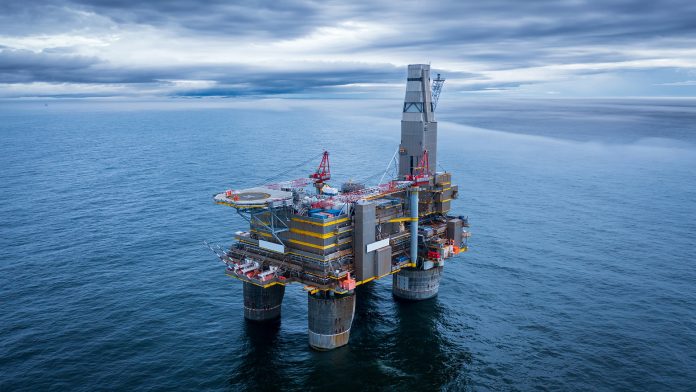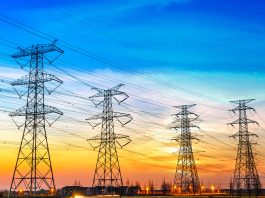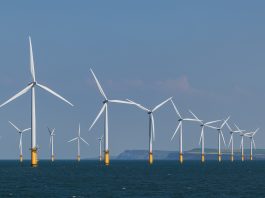A new study suggests that decommissioned offshore structures offer limited long-term ecological benefits if they are simply left in the ocean to serve as artificial reefs.
Researchers carried out a comprehensive analysis of existing studies on the environmental impacts of marine offshore structures – including oil and gas platforms and offshore wind farms – worldwide.
It highlighted that such installations could offer some ecological benefits – including increasing the diversity and abundance of fish species – in areas where the seafloor is mostly comprised of sand.
However, there was limited conclusive evidence that oil and gas platforms and offshore wind farms could provide further substantial benefits if they are left in the sea after being decommissioned.
The research, ‘A global meta-analysis of ecological effects from offshore marine artificial structures,’ was published in Nature Sustainability.
Managing end-of-life structures
The study was carried out by researchers at the University of Plymouth, Plymouth Marine Laboratory and the Centre for Environment, Fisheries and Aquaculture Science (Cefas).
They analysed data from more than 530 scientific studies on the effects of marine artificial structures in the sea.
These ranged from oil and gas platforms and offshore wind farms established during the 20th and 21st centuries to accidental shipwrecks – some of which had lain on the seabed for over 400 years – and purpose-built artificial reefs.
In particular, the available evidence did not allow the researchers to draw clear conclusions on how offshore structures compare to natural rocky reefs – a key element in being able to determine whether they can function as artificial reefs.
As a result, they say more detailed investigations are needed into the best way to manage such structures at end-of-life, as repurposing them into artificial reefs may not provide the intended benefits.
Learning from past mistakes with new offshore structures
The research is particularly timely, with global governments and other agencies setting targets of achieving net-zero emissions by 2050 as part of their decarbonisation agendas, resulting in the decommissioning of existing offshore structures and the construction of thousands of new ones.
Dr Anaëlle Lemasson, Postdoctoral Research Fellow at the University of Plymouth and the study’s lead author, said: “Many of the structures we see in the ocean today were put in place at a time when environmental considerations weren’t in people’s minds.
“There were also no legal requirements covering possible environmental impacts or what might happen to these structures once they reached the end of their useful lives.
“That is certainly changing, and transitions away from fossil fuels mean it is vital we have this debate now.”
The research was carried out as part of the Decommissioning – Relative Effects of Alternative Management Strategies (DREAMS) project, a consortium of industry and academics looking at the ecological effects of manmade structures in the North Sea.
It uncovered a considerable amount of research looking at the impact of the offshore structures; however, very little research demonstrated the direct effects of decommissioning.








